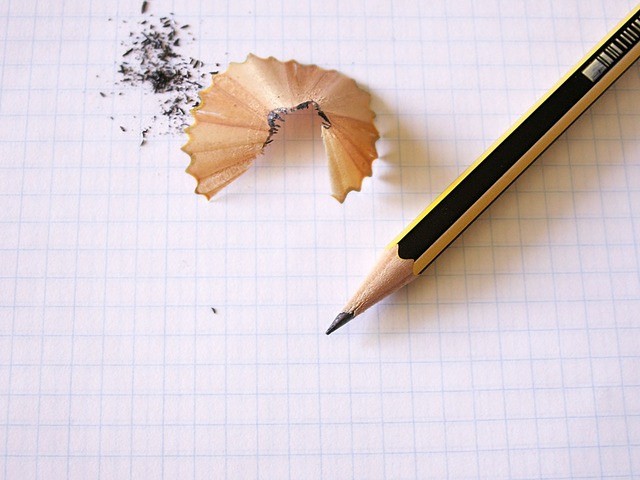Engineers from the University of Missouri demonstrated that the combination of pencil and paper could be used to make new devices that might be used to monitor personal health. The engineers published their study in the journal Proceedings of the National Academy of Sciences.

Assistant Professor Zheng Yan in the university's College of Engineering, said that the conventional approach of many existing commercial skin biomedical devices contains a biomedical component and a surrounding flexible material, such as plastic. These two components provide a supportive structure so that the device maintains an on-skin connection with a person's body.
"The conventional approach for developing an on-skin biomedical electronic device is usually complex and often expensive to produce," Yan said. "In contrast, our approach is low-cost and very simple. We can make a similar device using widely available pencils and paper."
Pencil and Paper as a Biomedical Device on the Skin
The pencil was originally referred to as an artist's fine brush of camel hair. Today, it is made of lead, including graphite, clay, and wax often used for writing and drawing.
But in the study, engineers discovered that pencils that contain more than 90% graphite could become good conductors of a high amount of energy created from the friction between paper and pencil caused by writing or drawing.
To be precise, the engineers discovered that pencils who have 93% graphite could be the best tools in creating a variety of on-skin bioelectronic devices from the commercial office copy paper. Moreover, Yan said that a biocompatible spray-on adhesive could also be applied to the paper so that it will stick better to the skin of a person.
What Are Its Possible Future Applications?
According to the researchers, their discovery could have broad future applications for home-based, personalized health care, education, and remote scientific research just as during the COVID-19 pandemic crisis. Yan added that the next step of the group would be to develop further and test how the biomedical components will be used, like the electrophysiological, temperature, and biochemical sensors.
"For example, if a person has a sleep issue, we could draw a biomedical device that could help monitor that person's sleep levels," he said.
Or it could also be used in the classroom setting wherein the teacher could engage students by integrating the creation of a wearable device just by using a paper and a pencil into the lesson plan. Moreover, this low-cost discovery is an easily customizable approach that will allow scientists to conduct a study at home, such as times like this, when the world is undergoing a pandemic.
Additionally, Yan said that paper is a biodegradable material, which means that it can decompose within a week. Compared to the commercial biomedical devices available that contain components that are not easily broken down, this new approach is eco-friendly.
Maybe one day, people could monitor their health conditions in a simpler way by drawing a bioelectronic device on their skin surface.
© 2025 ScienceTimes.com All rights reserved. Do not reproduce without permission. The window to the world of Science Times.











